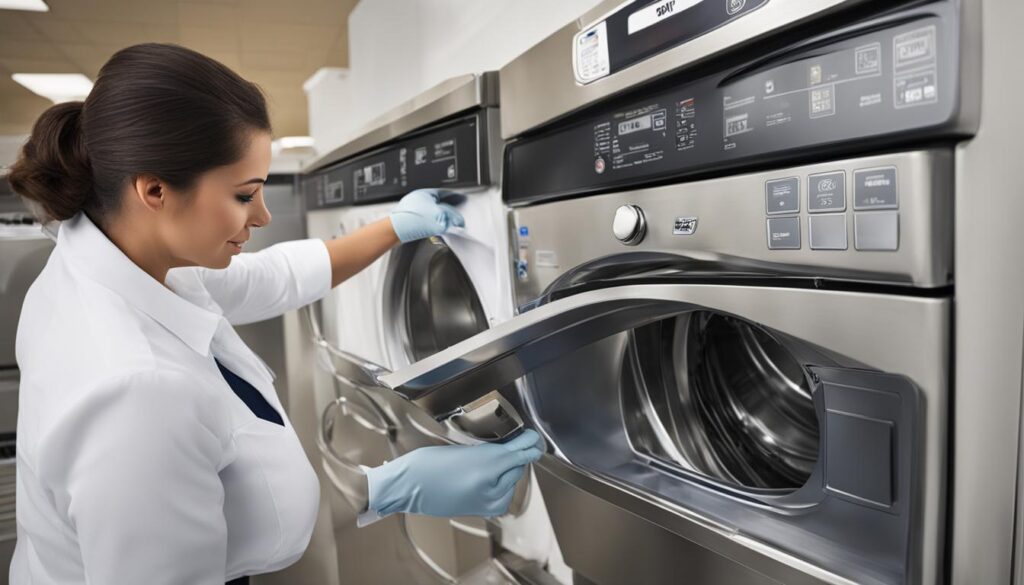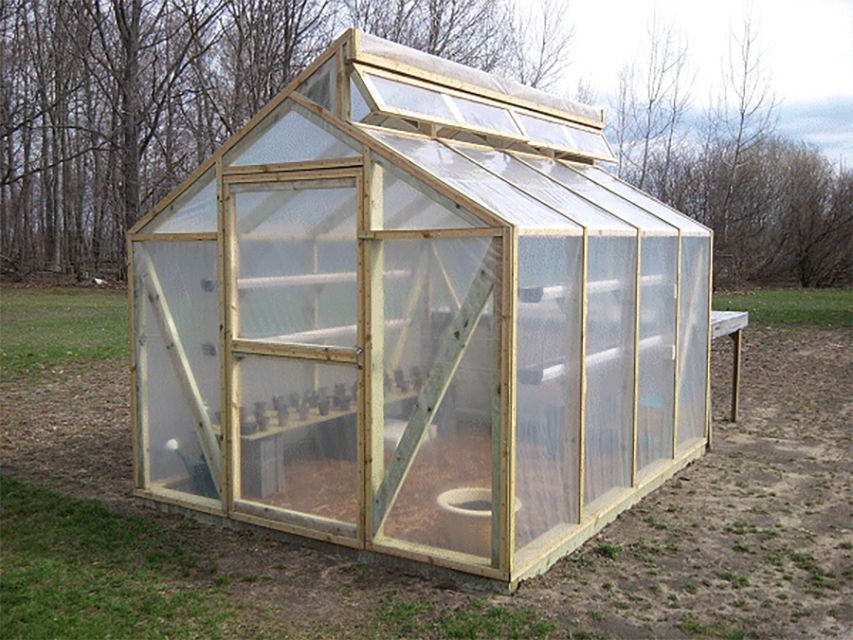Choosing the Right Thermometer for Accurate Surface Temperature Checks in Food
Introduction: The Importance of Surface Temperature in Food Safety
Accurately measuring the surface temperature of food is essential in commercial kitchens, food processing facilities, and home environments to prevent foodborne illness and ensure compliance with safety standards. While several thermometer types exist, only a few are specifically designed for reliable surface readings. Understanding which device to use and how to apply it properly is critical for best results. This article delivers a comprehensive guide to the types of thermometers suitable for surface temperature measurement, their practical applications, and step-by-step instructions for implementation.
Understanding Food Thermometer Types
Food thermometers come in various designs, each intended for different measurement needs. The main categories include probe thermometers, bimetallic-coil (dial), thermistors (digital), and infrared (IR) thermometers . For surface temperature checks, infrared thermometers are the preferred choice, while probe types are best for internal food temperatures. It is vital to recognize the distinction between these devices to avoid inaccurate readings or misapplication in your workflow [5] .
Infrared Thermometers: The Industry Standard for Surface Measurement
Infrared thermometers (also known as non-contact thermometers) use infrared technology to measure the temperature of a food’s surface without direct contact. This capability makes them ideal for rapid checks of hot holding units, buffets, salad bars, and food displayed in service areas. Infrared thermometers are widely used in the food service industry and retail settings for their speed and convenience [5] .

Source: animalia-life.club
When using an infrared thermometer, it is important to note:
- The measurement is only of the surface temperature, not the internal temperature.
- Proper cleaning of the lens and correct positioning (perpendicular to the food surface) are necessary for accurate readings.
- Rapid changes in ambient temperature or steam can affect results, so measurements should be taken in stable environments [5] .
Real-world example: In a busy restaurant, staff use an infrared thermometer to quickly verify the surface temperature of food held in buffet trays, confirming compliance with hot holding requirements without risking cross-contamination [2] .
How to Use an Infrared Thermometer for Surface Temperature Checks
Implementing surface temperature checks with an infrared thermometer involves several critical steps:
- Ensure the thermometer lens is clean and free of debris or condensation.
- Hold the device perpendicular to the surface of the food at the recommended distance (consult manufacturer guidelines, typically 1-12 inches).
- Pull the trigger or press the button to activate the measurement.
- Read the digital display for the temperature result.
- If temperatures are outside safe ranges (e.g., below 140°F for hot holding), take corrective action and recheck after adjustments.
Potential challenges can include steam interference, reflective surfaces, or uneven food surfaces. To address these, take multiple readings at different points and avoid measuring over steam or shiny surfaces when possible. Regular calibration and maintenance further ensure accuracy [5] .
Alternatives and Complementary Approaches
While infrared thermometers are optimal for surface temperature, other thermometer types serve different purposes:
- Probe thermometers (thermocouple, thermistor, bimetallic-coil): Used for measuring internal food temperatures. Not suitable for surface readings [3] .
- Surface probes : Specialized attachments for thermocouple systems can measure surface temperatures of food and equipment, but are typically reserved for industrial or laboratory use [2] .
For full compliance, many operations use both infrared thermometers for surface checks and probe thermometers for internal temperature measurement, ensuring food safety at every stage.
Step-by-Step Guidance for Food Businesses and Consumers
If you need to purchase or implement surface temperature checks:
- Identify your primary needs (surface, internal, or both).
- Choose a reputable supplier specializing in food safety equipment. Look for devices with clear manufacturer support and calibration options.
- Train staff on the use of infrared thermometers, emphasizing the correct technique, cleaning and maintenance, and the importance of multiple readings for accuracy.
- Document all temperature checks according to your regulatory or internal procedures.
- For official regulatory requirements or food safety standards, consult your local health department or food safety authority for approved practices. You can search for ‘food thermometer guidelines’ on official government health department websites, such as the USDA or your local equivalent [4] .
Consumers interested in food safety can find infrared thermometers at kitchen supply stores or through reputable online retailers. Always check product reviews and ensure the device is certified for food use.
Challenges and Solutions in Surface Temperature Measurement
Common challenges include:
- Ambient interference: Steam or radiant heat can distort readings. Solution: Take readings away from steam and allow food to settle before measuring.
- Reflective surfaces: Shiny or metallic surfaces may produce inaccurate results. Solution: Whenever possible, measure on matte or non-reflective surfaces.
- Calibration drift: Devices can lose calibration over time. Solution: Schedule regular calibration checks using manufacturer instructions or professional services.
Summary and Key Takeaways
For accurate surface temperature checks of food, infrared thermometers are the only practical and widely available solution. They provide fast, non-contact readings and help prevent cross-contamination, making them indispensable in modern food safety routines. Implementation involves correct technique, regular maintenance, and thorough documentation. For official standards or purchasing guidance, consult food safety authorities or search for ‘approved infrared thermometers for food’ using verified platforms.

Source: pitman-training.com
References
- [1] Instrument Choice (2024). The Ultimate Guide to Food Thermometer Types.
- [2] ThermoWorks (2025). Food Processing Tools and Probes.
- [3] Chester County Government (2025). Food Service Thermometers.
- [4] USDA Food Safety Inspection Service (2025). Food Thermometers.
- [5] Food Protection Trends (2019). Comparing Infrared and Probe Thermometers.
MORE FROM hotondeals.com













